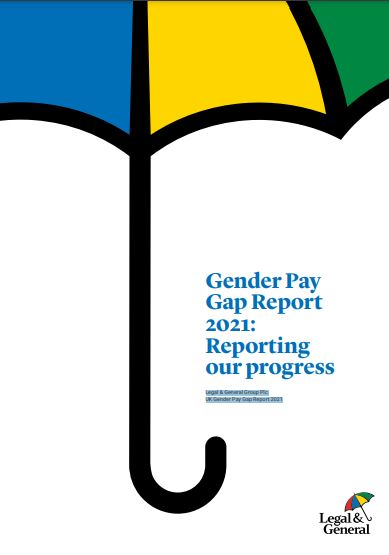Inequality of Opportunity and Health Performance of Private Health Insurance — Empirical Evidence from China
By Rui Li, Minxue Jia & Su Yang Background: The role of private health insurance in protecting the population's health is an essential global concern. However, the for-profit nature of private health insurance has led to inequality of opportunity for coverage, which has implications for the health performance of insurance.Method: This article uses the 2018 China Urban Statistics Yearbook and cross-sectional data from the China Health and Retirement Longitudinal Study (CHARLS) of 2015 and 2018. Based on the Heckman two-step...










